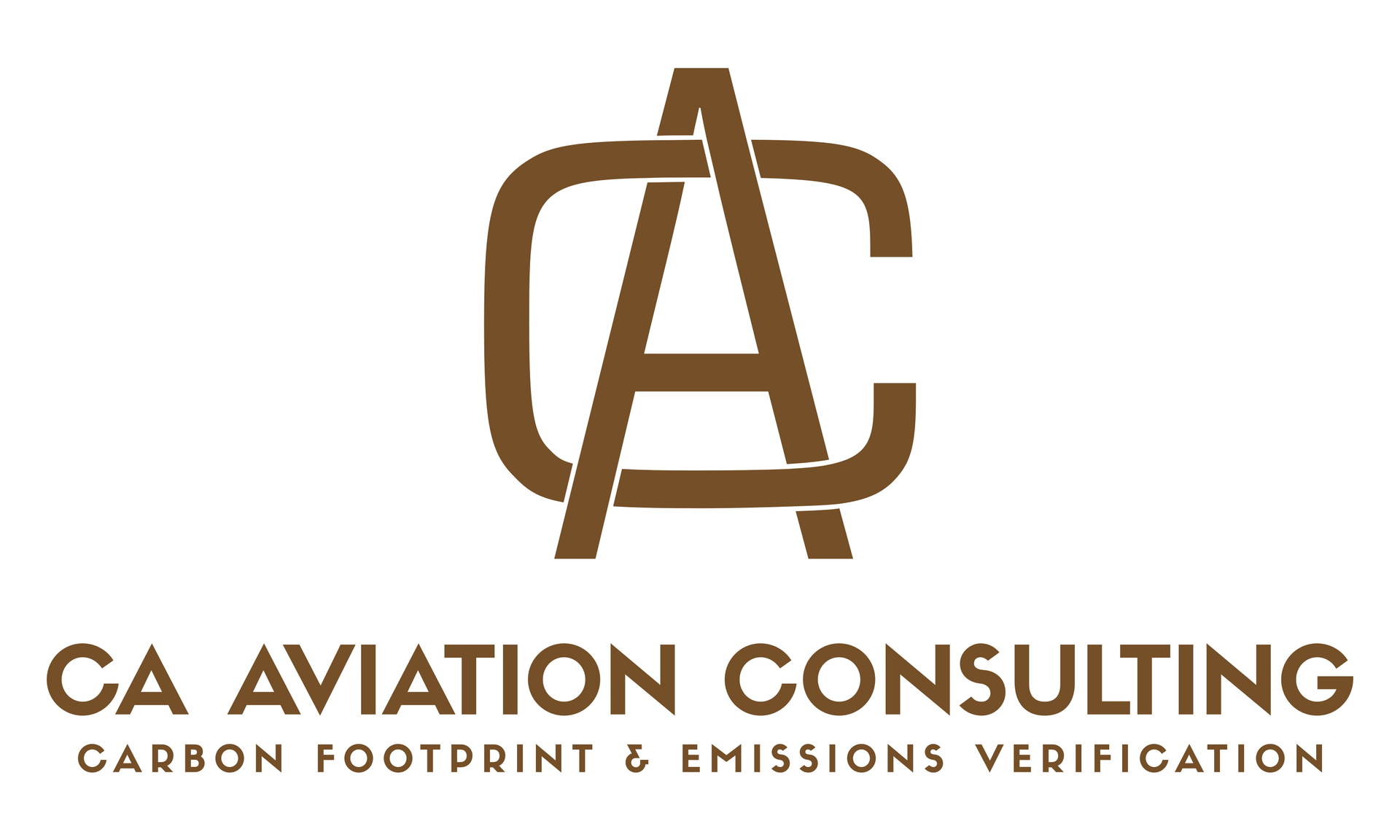Introduction to EU Emissions Trading
In response to the 1997 Kyoto climate agreement, Europe introduced the EU Emissions Trading System (EU-ETS) in 2005. It's designed to cost-effectively reduce greenhouse gas emissions, covering around 40% of emissions in the European Union and the European Economic Area (EEA). The EU-ETS establishes emission caps and facilitates the trading of emission allowances (CO2 certificates) to encourage emissions reductions.
CORSIA: Pioneering Climate Action in International Aviation
In recent years, the aviation industry has witnessed a concerning surge in climate-altering emissions due to its rapid expansion. In response, the International Civil Aviation Organization (ICAO) embarked on a mission in October 2016 to stabilize global CO2 emissions from international air travel starting in 2020. This ambitious global initiative is known as CORSIA, which stands for the Carbon Offsetting and Reduction Scheme for International Aviation.
To secure the future of aviation while mitigating emissions, CORSIA employs a multifaceted approach. This encompasses advancements in aircraft technology (e.g., turbine and aerodynamic improvements), operational enhancements (such as optimized routing), and the exploration of sustainable aviation fuels. Moreover, CORSIA sets forth mechanisms to offset CO2 emissions from international flights using recognized project credits and emission allowances from existing emissions trading systems. The overarching aim is to attain carbon-neutral growth in international air travel from 2020 onwards.
Introduction to EU Emissions Trading
CORSIA: Pioneering Climate Action in International Aviation
Our Services
Our services are tailored to meet the unique needs of each
customer, ensuring data accuracy and compliance with regulatory requirements.
